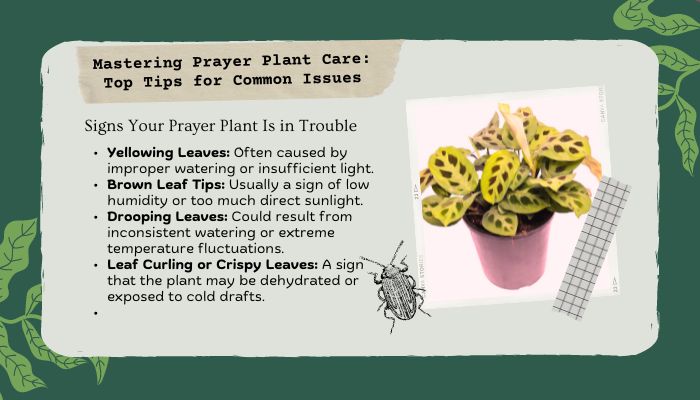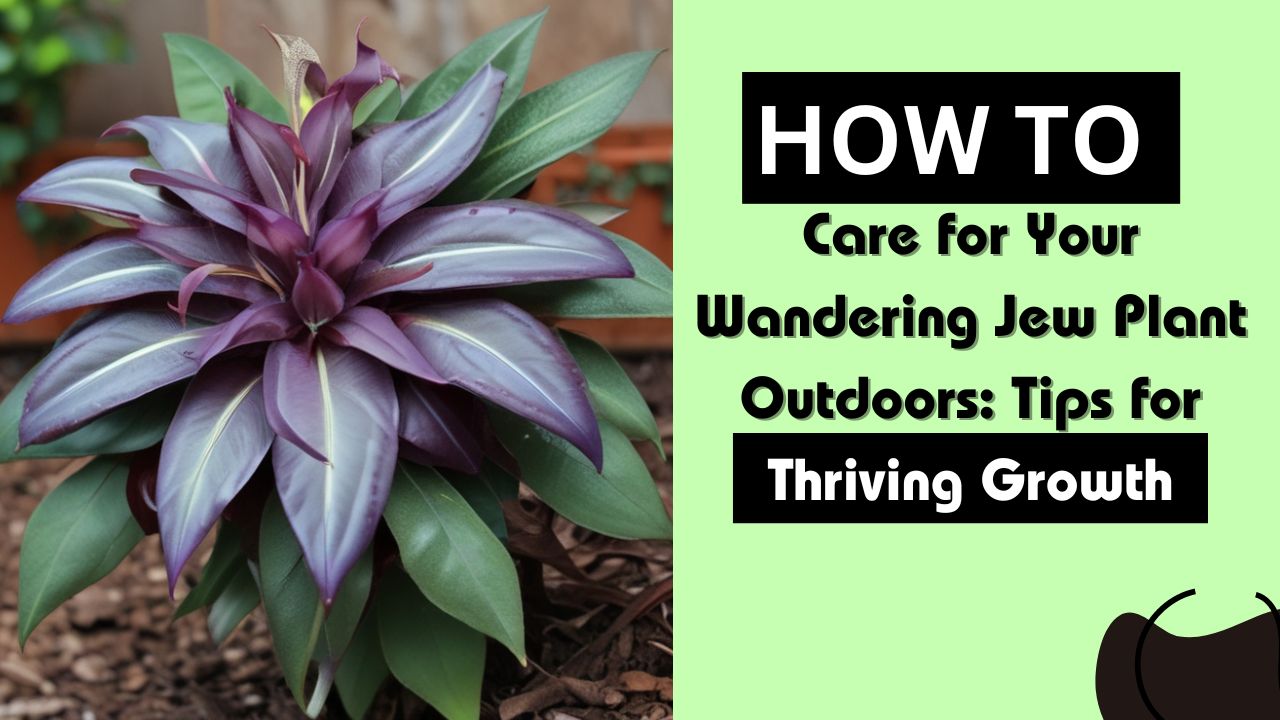Prayer plants, with their stunning, vibrant leaves and fascinating nighttime movements, are popular indoor plants. However, they can be quite sensitive to their environment, making it essential to understand proper care, especially when the plant faces stress. Let’s delve into the most affected prayer plant care, helping you solve the common challenges and restore your plant’s health.
What Is a Prayer Plant?
Prayer plants, scientifically known as Maranta leuconeura, are named after their habit of raising their leaves at night as if in prayer. Their striking variegated leaves, which come in shades of green, red, and cream, make them a favorite. But their beauty comes with a bit of maintenance due to their specific needs.
Signs Your Prayer Plant Is in Trouble
Before jumping into solutions, you need to identify what’s going wrong. Some of the common signs that your prayer plant is struggling include:
- Yellowing Leaves: Often caused by improper watering or insufficient light.
- Brown Leaf Tips: Usually a sign of low humidity or too much direct sunlight.
- Drooping Leaves: Could result from inconsistent watering or extreme temperature fluctuations.
- Leaf Curling or Crispy Leaves: A sign that the plant may be dehydrated or exposed to cold drafts.
Understanding Watering Needs
One of the most affected prayer plant care aspects is incorrect watering. These plants thrive in consistently moist (but not soggy) soil. Water when the top inch of the soil feels dry, but be careful not to let it dry out completely or sit in standing water.
- Use filtered water or let tap water sit out for a day to avoid chemicals like chlorine.
- Water early in the day to prevent fungal issues from overnight moisture.
- Prayer plants are sensitive to water temperature—room temperature is ideal.
Humidity: The Key to Happy Leaves
Prayer plants love a humid environment. Without sufficient moisture in the air, you’ll start seeing browning leaf tips or crispy edges. Here’s how to provide the humidity they need:
- Mist the leaves regularly with a fine spray.
- Place the plant near other indoor plants to create a humid microclimate.
- Use a humidity tray (a shallow tray filled with water and pebbles) to keep the air around the plant moist.
- If possible, use a humidifier, especially in winter when indoor air tends to dry out.
Light Requirements
While prayer plants thrive in indirect light, too much direct sunlight can scorch their leaves, causing brown spots. On the other hand, too little light can make the plant leggy, with stems stretching toward the light source.
- Place your prayer plant in a spot that gets bright, indirect sunlight, such as near a window with a sheer curtain.
- Avoid placing it in areas with low light, as it will struggle to grow and may become prone to pests and diseases.
Fertilizing for Growth
Prayer plants aren’t heavy feeders, but they benefit from regular feeding during the growing season (spring and summer). Use a balanced, water-soluble fertilizer every two weeks, but be mindful of over-fertilizing, which can cause salt build-up and damage the roots. In winter, reduce or halt fertilization altogether.
- Dilute the fertilizer to half strength to avoid burning the roots.
- If you notice leaf discoloration or browning tips, consider flushing the soil with water to remove excess salts.
Pest Problems
Even with perfect care, prayer plants can fall prey to pests such as spider mites, mealybugs, and aphids. These pests can cause damage to the leaves, leading to discoloration and slow growth. Here’s how to tackle common pest issues:
- Inspect your plant regularly, especially on the underside of leaves.
- If you notice pests, use insecticidal soap or neem oil to treat the infestation.
- Quarantine any affected plants to prevent the spread to others.
- Regular misting can also help prevent pests, as they tend to thrive in dry environments.
Pruning and Propagation
Prayer plants benefit from occasional pruning to keep them looking full and healthy. Prune off any dead or yellow leaves, and consider trimming leggy stems to encourage bushier growth.
- Always use sharp, sterilized tools to avoid introducing diseases.
- For propagation, use stem cuttings and place them in water until they develop roots, typically in about two to four weeks.
Repotting When Necessary
Prayer plants don’t need frequent repotting, but if their roots start poking through the drainage holes, it’s time to move them to a larger pot. Aim to repot every two years, ideally in spring when the plant is entering its growing phase.
- Use a well-draining potting mix, with a blend of peat moss, perlite, and some sand.
- After repotting, water thoroughly and place the plant in its usual spot.
Common FAQs About Prayer Plant Care
Why Are My Prayer Plant’s Leaves Curling?
This is a sign that the plant is stressed, likely due to under-watering, low humidity, or exposure to cold drafts. Ensure it’s receiving consistent moisture and adequate humidity levels.
How Often Should I Water My Prayer Plant?
Water when the top inch of soil feels dry. Depending on your indoor climate, this may be every 1–2 weeks. Be cautious of over-watering, which can lead to root rot.
Can I Propagate My Prayer Plant Easily?
Yes, prayer plants are quite easy to propagate via stem cuttings. Simply cut a healthy stem just below the node, place it in water, and wait for roots to form. Transplant the cutting into soil once the roots are about an inch long.
Why Are My Prayer Plant’s Leaves Turning Yellow?
Yellowing leaves are often a sign of over-watering or poor drainage. Ensure your plant’s pot has adequate drainage, and adjust your watering schedule to avoid soggy soil.





